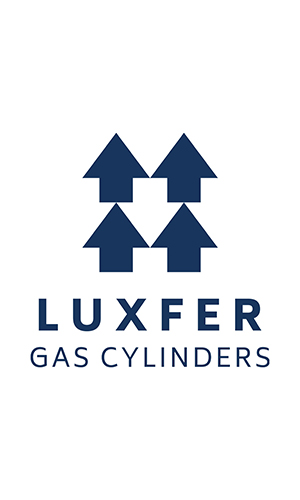US +1800 764 0366 | Europe & Middle East +44 (0)115 980 3800 | Asia-Pacific: +61 2 7227 5369
Support item:
Luxfer position concerning composite cylinder delamination
Luxfer Gas Cylinders warrants that each new Type 3 aluminum-lined composite SCBA cylinder that Luxfer manufactures in the United States shall conform to Luxfer’s published specifications with respect to the Products and be free from defects in material and workmanship for a period of fifteen years from the date of shipment by Luxfer.This Warranty does not cover damage, breakage, or injury caused by unauthorized service, installation, alteration, modification, assembly, or disassembly by anyone other than Luxfer or a party authorized by Luxfer, over-pressurizing or over-filling, use of the Products in corrosive environments outside of agreed upon specifications, corrosion, fire, heat, abrasion, or impact damage due to external conditions, negligence by Customer or any third party, normal wear and tear or misuse.Delamination is a separation of composite overwrap layers or strands. It may also appear as a slightly opaque white patch, such as a blister or an air space beneath the surface. Delamination is the result of an impact, cut or exposure to temperatures of more than 200°F. This type of damage falls outside of the standard Luxfer warranty. Luxfer does provide an inspection manual to determine the level of this type of damage to determine if the cylinder can remain in service. In addition, the SCBA composite delamination repair guide is available on Luxfer’s website to assist with repairs should the cylinder be determined to be repairable. Repairs must be approved and qualified by a facility with a valid Requalification Identification Number (RIN) obtained through the Pipeline and Hazardous Materials Safety Administration (PHMSA). Although repairs themselves are not covered under the manufacturer warranty, performing repairs under this guidance will not void Luxfer’s original warranty.Luxfer SCBA Composite Delamination Repair Guidehttps://www.luxfercylinders.com/support-item/composite-delamination-repair-guide/Warranty for cylinders manufactured in the United Stateshttps://www.luxfercylinders.com/support-item/warranty-for-cylinders-manufactured-united-states/If you have any concerns or questions, please do not hesitate to contact our customer service team at (800) 764-0366 or orderdeskcsus@luxfer.com.

